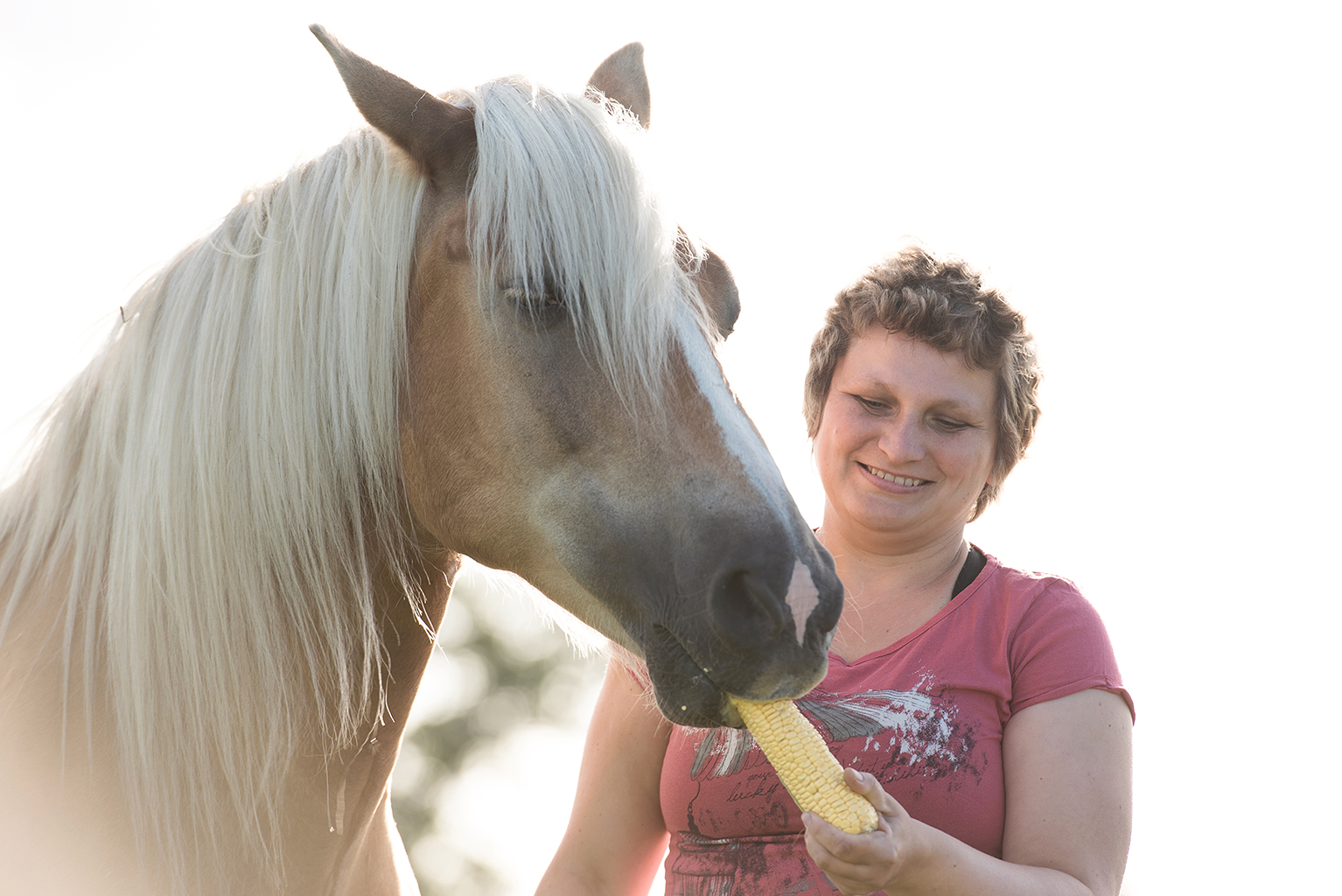First an appetizer, then cake
The Crespi effect
The sequence of lessons, and the size of rewards are very important parameters that influence the animal’ learning success, and thus can determine whether our training will be successful or not. Leo Paul Crespi already proved that his trained rats were very sensitive to the lack of reward in 1942. Based upon these experiments, the relationship we know as Crespi effect has later been developed in learning psychology. It states that small rewards we give as incentive before the eventual bigger reward actually reinforce a behavior. Conversely, a smaller reward given after a larger one can be perceived as a punishment, and the horse’s performance might thus suffer in training.

Avoid disappointment
We, in positive horse training, try hard not to disappoint the horse, and follow the basic guiding principle to never give a small reward after a big one. This means, regarding the training process you really need to understand how your horse values distinct treats in order to generally use “smaller rewards” for standard situations, and give “jackpots” only in exceptional cases. Bear in mind, any treat received after a jackpot is usually perceived as less rewarding. What is more, it is perceived as even less valuable than usual because it is compared to the jackpot; and this can potentially frustrate the horse. So, even rewards that are given with best intentions may not be perceived in a reinforcing way, and may thus not effectively reinforce a desired behavior: This can easily happen if we do pay attention to the treat’s distinct intensity of reinforcement in reinforcement learning, and distribute our rewards without discrimination. It has been tried, tested, and proven beneficial to adjust our training structure accordingly if we are able to observe the Crespi effect in our horse. For example, we can classify the treat’s reward impact by popularity, and always take a well-deserved break after administering the jackpot; and we will be able to head for the next reward highlight afterwards.
Marlitt Wendt & Conny Ranz

L. P. Crespi: Quantitative variation in incentive and performance in the white rat. Am. J. Psychol., 55 (1942) 467–517.


